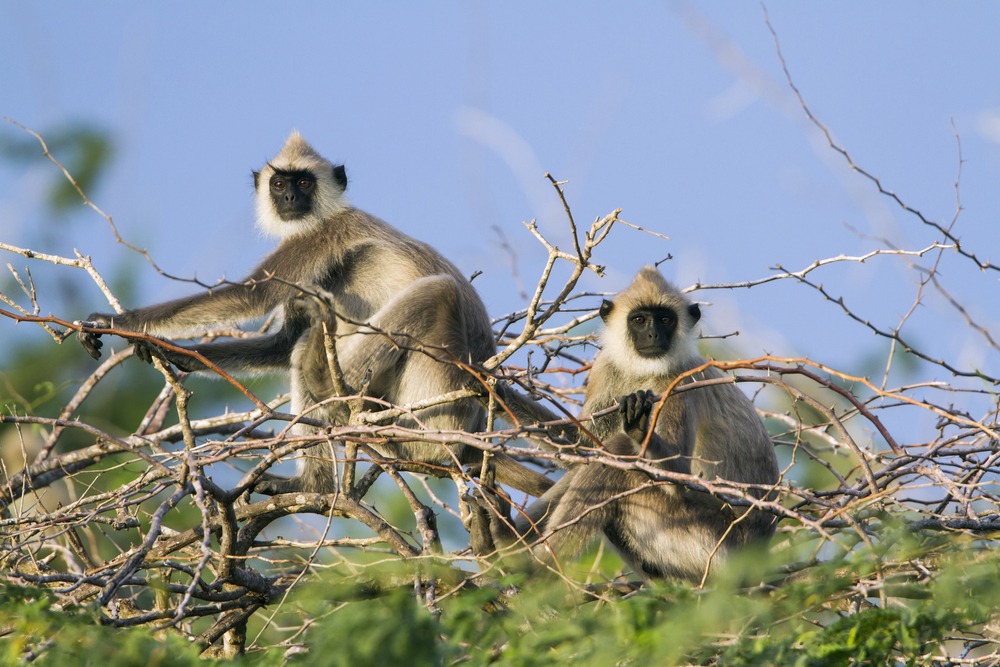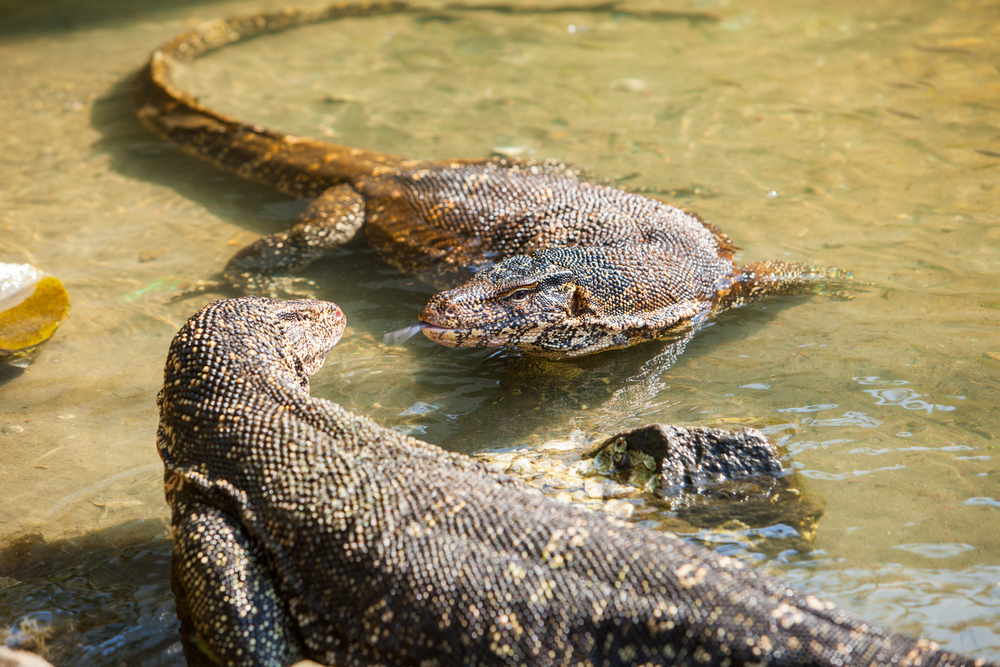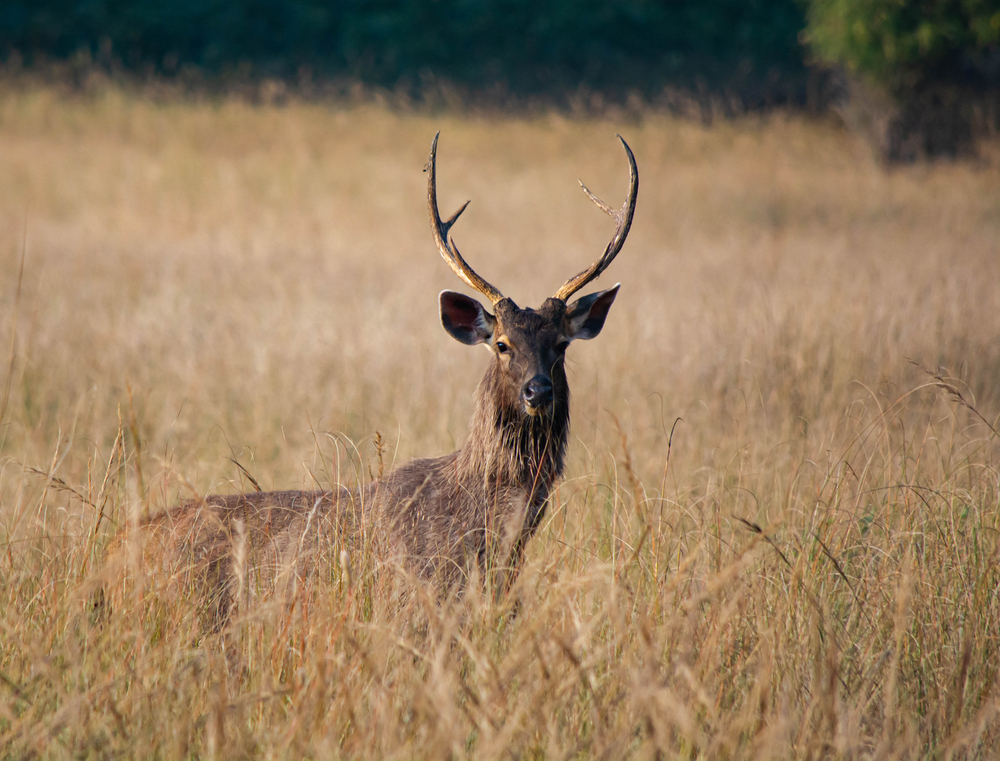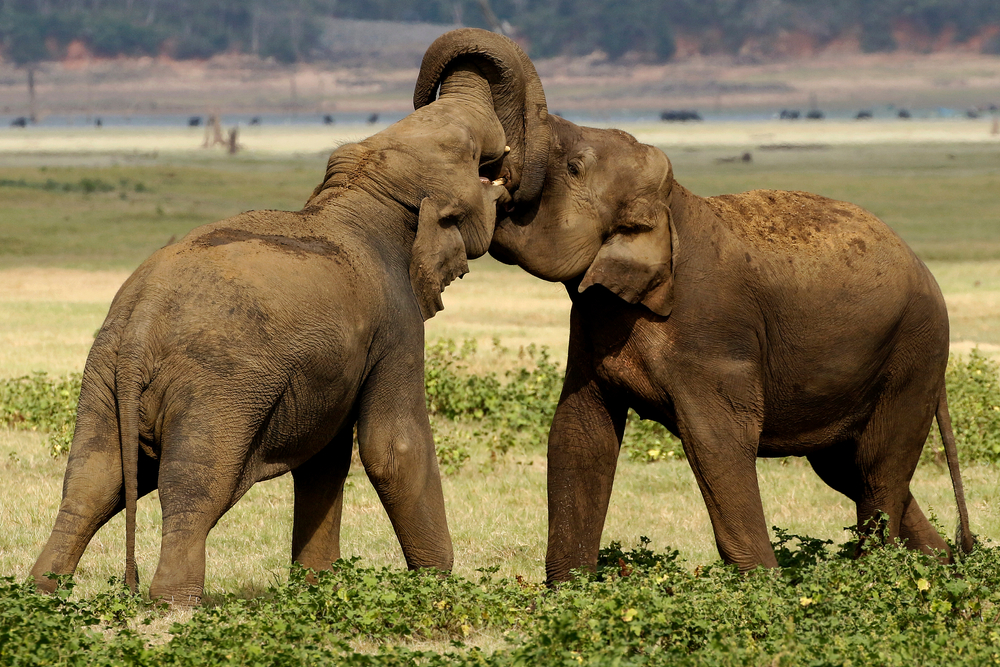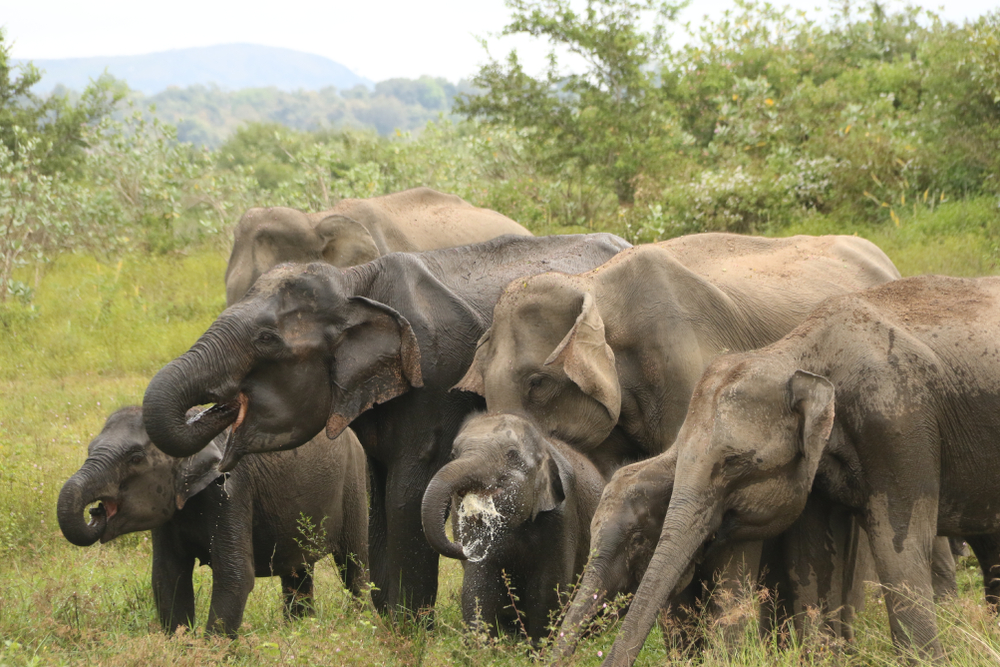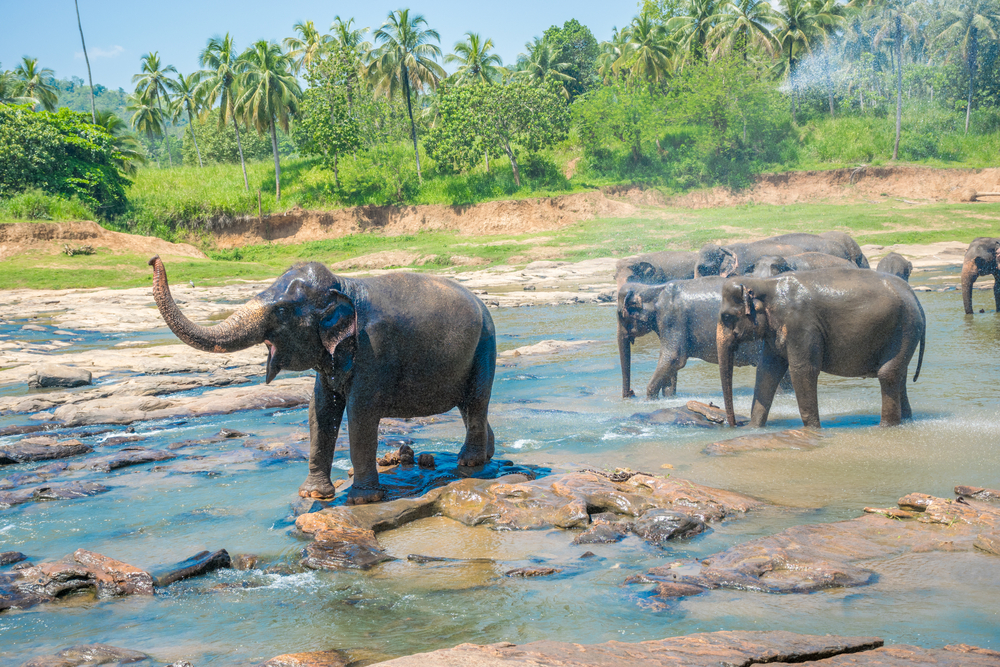Minneriya Overview
Minneriya National Park, located in the North Central Province of Sri Lanka, covers an area of approximately 33.8 square miles (88 square kilometers). It is known locally as “මිනේරියා ජාතික උයන” (Minneriya Jathika Uyana) and lies between the cultural triangle cities of Polonnaruwa, Anuradhapura, and Dambulla. Established in 1997, the park centers around the ancient Minneriya Tank, a reservoir built by King Mahasen in the 3rd century CE, which serves as a lifeline for the park’s diverse ecosystems during the dry season.
The terrain of Minneriya National Park is a blend of tropical dry forests, grasslands, wetlands, and rocky outcrops, offering a picturesque and varied landscape. The Minneriya Tank is the park’s centerpiece, surrounded by lush grasslands that transform into a thriving habitat for wildlife. During the rainy season, the reservoir fills with water, creating a serene wetland, while in the dry season, the exposed grasslands attract hundreds of animals. Towering trees like weera, satinwood, and palu dominate the forests, while shrubs and grass species provide ample ground cover. The park is also dotted with small streams and rocky surfaces, adding to its ecological diversity.
Wildlife is the heart of Minneriya National Park. It is famously known for “The Gathering,” a natural phenomenon where large herds of Asian elephants, sometimes numbering over 300, congregate around the reservoir during the dry season from July to September. This event is considered one of the world’s greatest wildlife spectacles. Apart from elephants, the park is home to a variety of mammals, including leopards, sloth bears, sambar deer, and toque macaques. Bird enthusiasts are drawn to Minneriya for its abundant avian life, including species like the painted stork, grey heron, Sri Lankan junglefowl, and the rare black-headed ibis. The wetlands also support diverse reptilian species, such as mugger crocodiles and Indian python.
Visitors to Minneriya often explore the park through guided jeep safaris, which provide close-up views of its diverse ecosystems and wildlife. Birdwatching is another popular activity, especially during the migratory season. Photography enthusiasts are captivated by the park’s unique landscapes and the dramatic scenes of elephants gathering by the reservoir. Beyond its natural beauty, the park’s proximity to cultural landmarks like Sigiriya and Polonnaruwa enhances its appeal, allowing visitors to combine wildlife adventures with cultural exploration.
Conservation efforts at Minneriya National Park have been met with both challenges and successes. The park faces threats from habitat loss due to agricultural expansion, human-wildlife conflict, and invasive plant species. However, ongoing efforts by the Sri Lankan Department of Wildlife Conservation aim to mitigate these impacts through habitat restoration, community engagement, and sustainable tourism practices. The protection of the Minneriya Tank as a critical water source has been pivotal in sustaining the park’s ecosystem. These initiatives ensure that the park continues to thrive as a sanctuary for wildlife and a haven for visitors.











































































